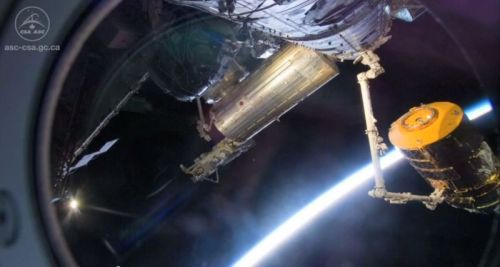Satellites do not know concepts like repairing or re-fueling. Once they are put into orbit, they last until the task is completed and then de-orbit. In case of malfunctioning, they are just forgotten about and are left to contribute to space junk. So what exactly would robots in manned cosmonautics do, although researchers envision that the bots would help in repairs and maintenance at the ISS along with other things including minimize human work.
Interestingly, DARPA is trying to resurrect the ‘dead’ satellites by imparting the required skills to its robots. However, NASA on the other hand is creating machines that would assist in pumping extra fuel to keep the satellites alive. Dextre and Next-Generation Canadarm Project are the recent move in the direction of fuel transfer.
The idea of re-fueling sounds cool but when it comes to practical application, it does sound li’l weird, why? Well, firstly, the fuel tap is wire shut in satellites, which means, it needs to be replaced with a teleoperation.
Once it’s done and the valve is opened, nitrogen tetroxide, a hypergolic propellant is to be pumped into the satellite’s fuel tank at 300 pressure per square inch. In case of rocket fuel, it is generally mixed with hydrazine, which produces quick combustion even in the absence of any ignition.
Fuel transfer at the ISS is quite a specific aspect and if it goes well, it will definitely explore a larger and one of the most vital aspects of satellite servicing, humanity could ever witness.




